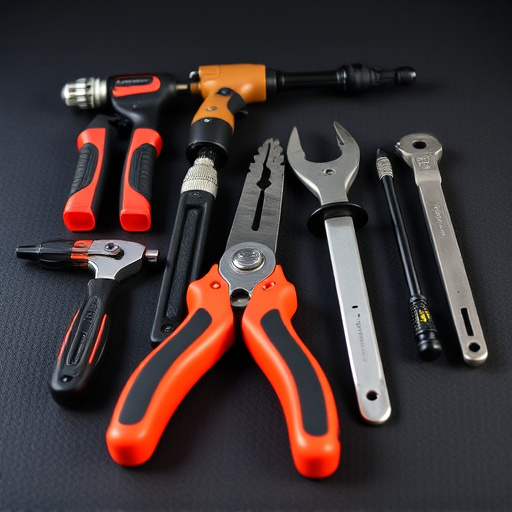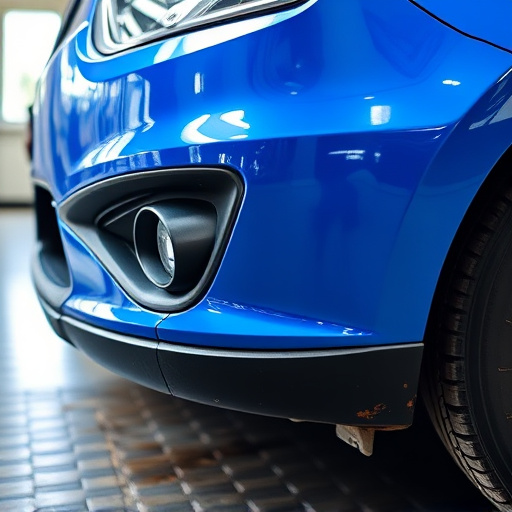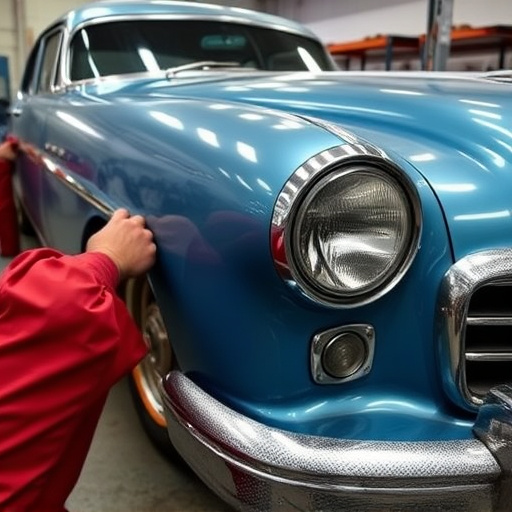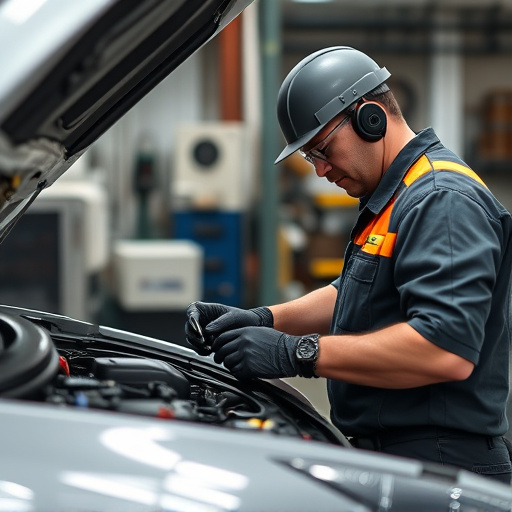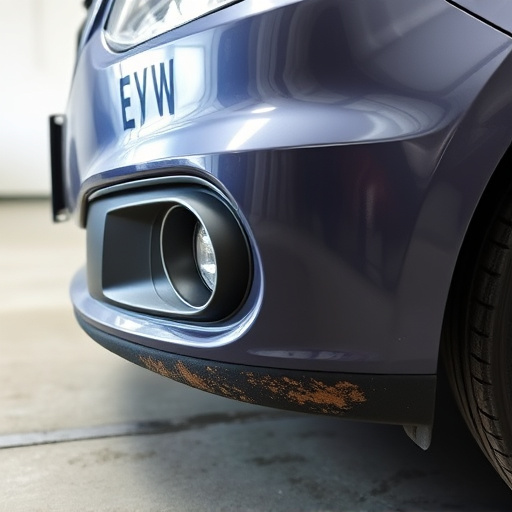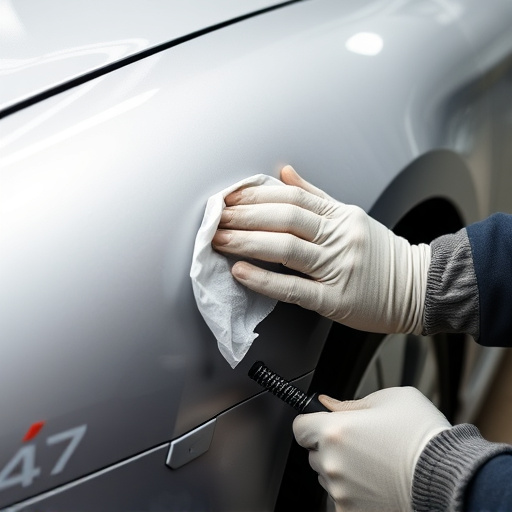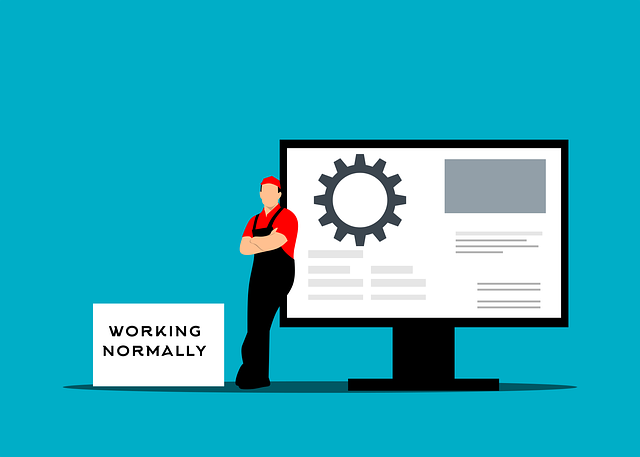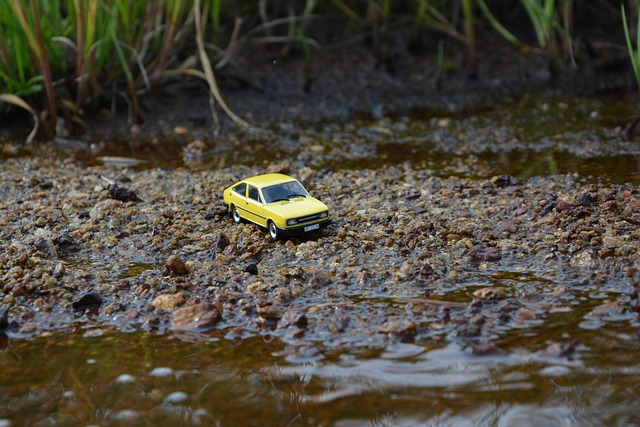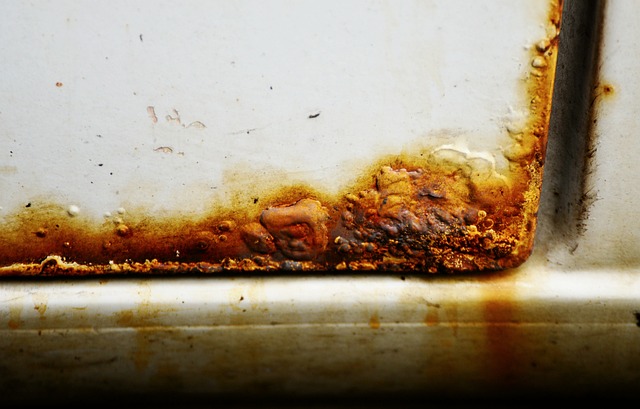Frame straightening services, vital in collision repair, realign metal frameworks, fixing dents and deformities from minor accidents while ensuring optimal vehicle performance and safety. These services face a sustainability challenge due to high energy consumption and chemical usage. In response, eco-friendly frame straightening methods have emerged, minimizing environmental impact, reducing waste, promoting vehicle longevity, and contributing to a greener automotive future.
“Discover the intriguing world of frame straightening services, a vital aspect of automotive repair. This article explores the process, revealing how it revitalizes damaged vehicles while highlighting the environmental implications. From traditional methods to emerging eco-friendly alternatives, we delve into the sustainability challenge posed by auto repairs.
Uncover the benefits of greener frame straightening techniques that not only minimize environmental impact but also contribute to a more sustainable future for the automotive industry.”
- Understanding Frame Straightening Services: The Process and Its Purpose
- Environmental Considerations: The Sustainability Challenge of Auto Repair
- Greener Alternatives: Eco-Friendly Frame Straightening and its Benefits
Understanding Frame Straightening Services: The Process and Its Purpose
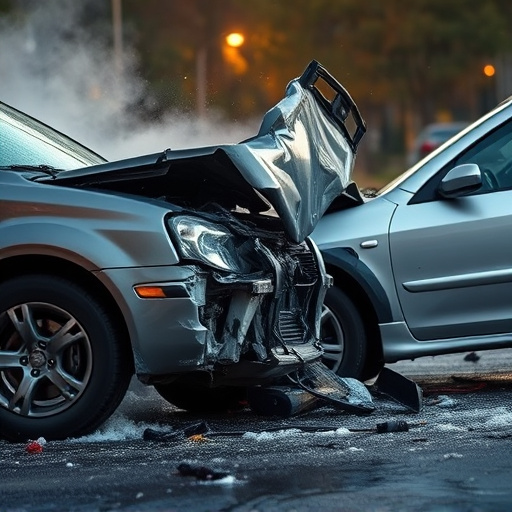
Frame straightening services play a pivotal role in the automotive industry, offering a specialized solution for vehicle collision repair. This process involves correcting and realigning the metal framework of a damaged vehicle to its original specifications, ensuring structural integrity and safety. By employing advanced techniques, these services can effectively address dents, creases, or deformities caused by minor accidents or impact.
The primary purpose of frame straightening is not merely cosmetic; it’s about maintaining the vehicle’s performance and safety standards. A correctly aligned frame ensures that all components, from suspension systems to steering mechanisms, function optimally. This precision repair is especially crucial for vehicles involved in more severe collisions, where accurate framing can significantly impact handling, stability, and overall ride quality post-repair.
Environmental Considerations: The Sustainability Challenge of Auto Repair
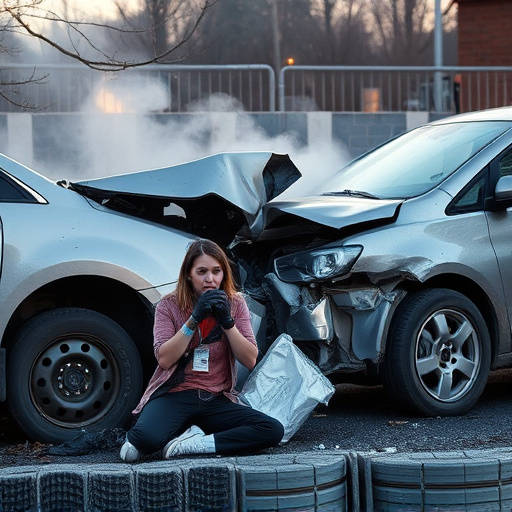
The automotive industry’s journey towards sustainability is a complex one, especially within specialized services like frame straightening. While a frame straightening service plays a crucial role in car restoration and ensuring vehicles return to their pre-accident condition, it presents unique environmental challenges. The process often involves intensive energy consumption and the use of various chemicals, from degreasers to rust inhibitors, which can have detrimental effects on the environment if not managed properly.
As an auto body shop offering frame straightening services, adopting eco-friendly practices is no longer a consideration but a necessity. This includes investing in energy-efficient equipment, implementing strict waste management protocols, and sourcing environmentally conscious materials. By embracing these strategies, car body repair experts can minimize their carbon footprint while contributing to a greener automotive sector, ensuring both the longevity of vehicles and the preservation of our planet.
Greener Alternatives: Eco-Friendly Frame Straightening and its Benefits
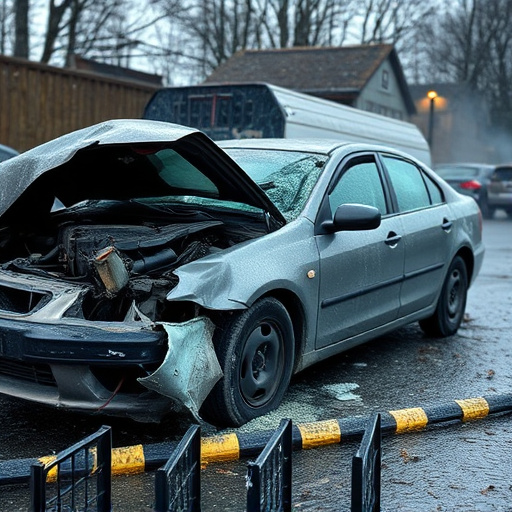
In recent years, as awareness about environmental sustainability has grown, the demand for greener alternatives to traditional frame straightening methods in car repair services and auto bodywork has increased significantly. Eco-friendly frame straightening offers a promising solution with minimal environmental impact. This process utilizes innovative technologies and techniques that reduce the need for harmful chemicals and energy-intensive procedures often associated with conventional frame straightening services.
One of the key benefits of eco-friendly frame straightening is its ability to preserve the structural integrity of vehicles while minimizing waste generation. By adopting these alternative methods, vehicle repair services can contribute to a more sustainable future. It not only reduces carbon footprints but also ensures the longevity of vehicles, thereby decreasing the demand for frequent auto bodywork and subsequent material consumption.
The traditional frame straightening service, while effective, has historically presented environmental challenges. However, with growing awareness of sustainability, the automotive industry is witnessing a shift towards eco-friendly practices. Greener alternatives in frame straightening offer a promising solution by minimizing waste, reducing energy consumption, and lowering emissions. By adopting these innovative methods, auto repair shops can contribute to a more sustainable future while still providing high-quality services. This change not only benefits the environment but also fosters public trust and supports businesses’ long-term viability.
